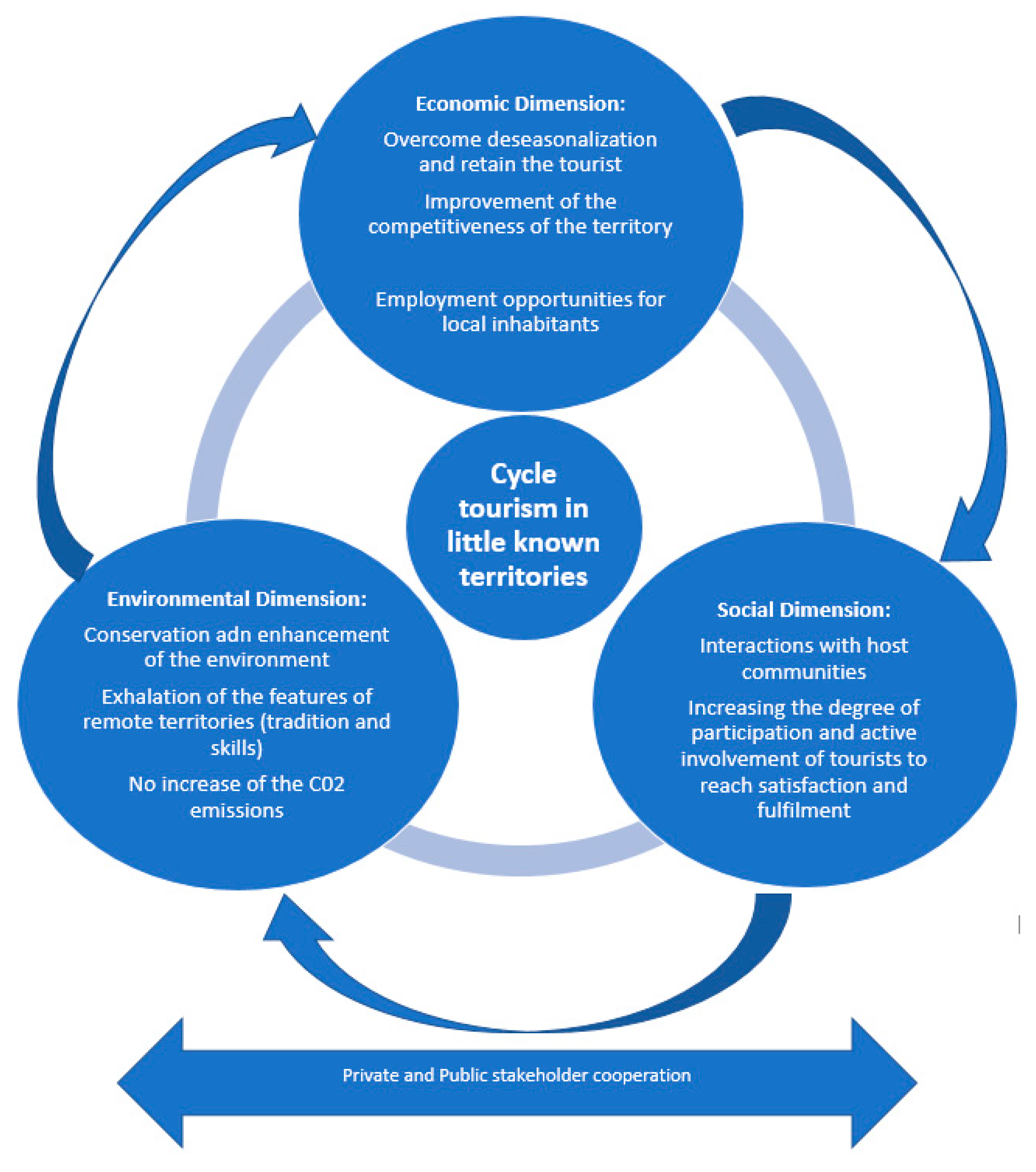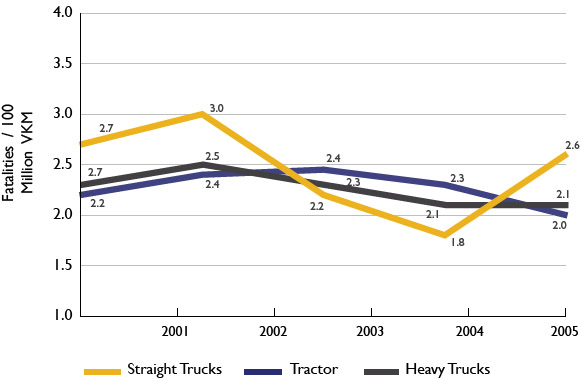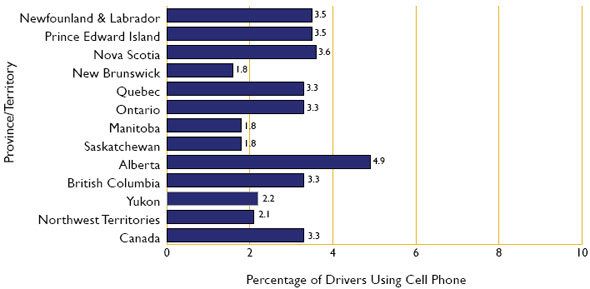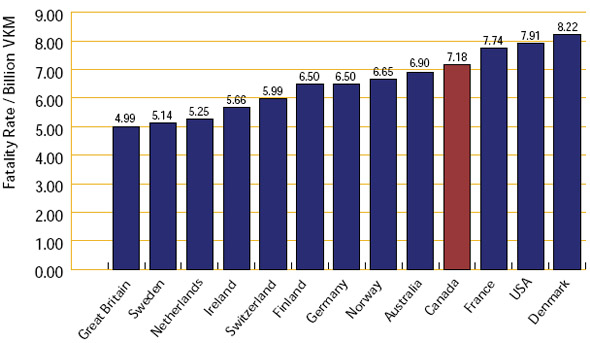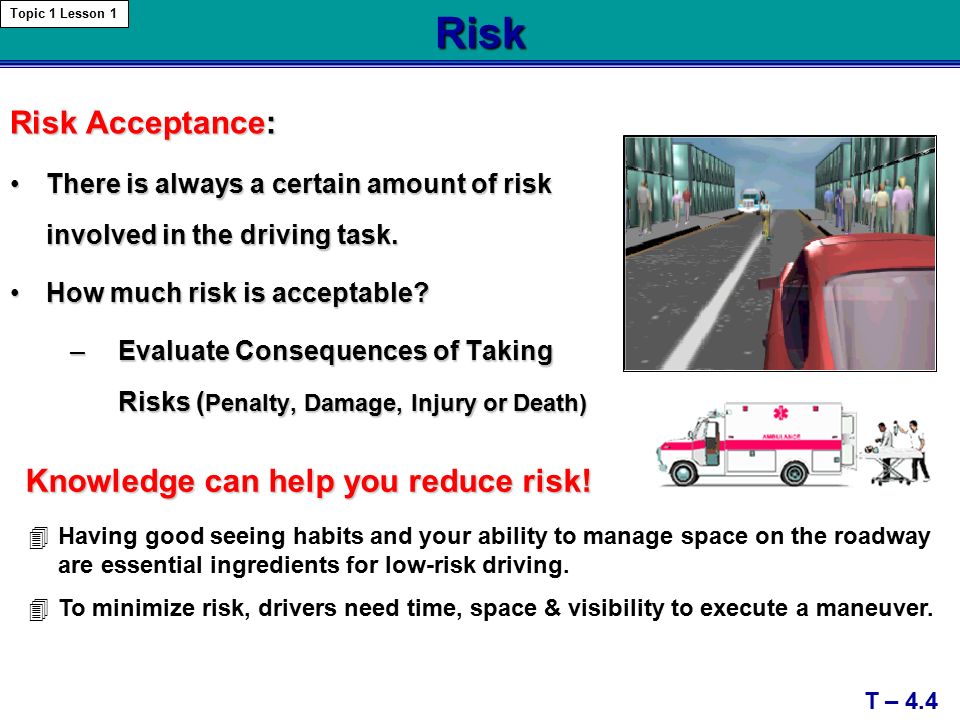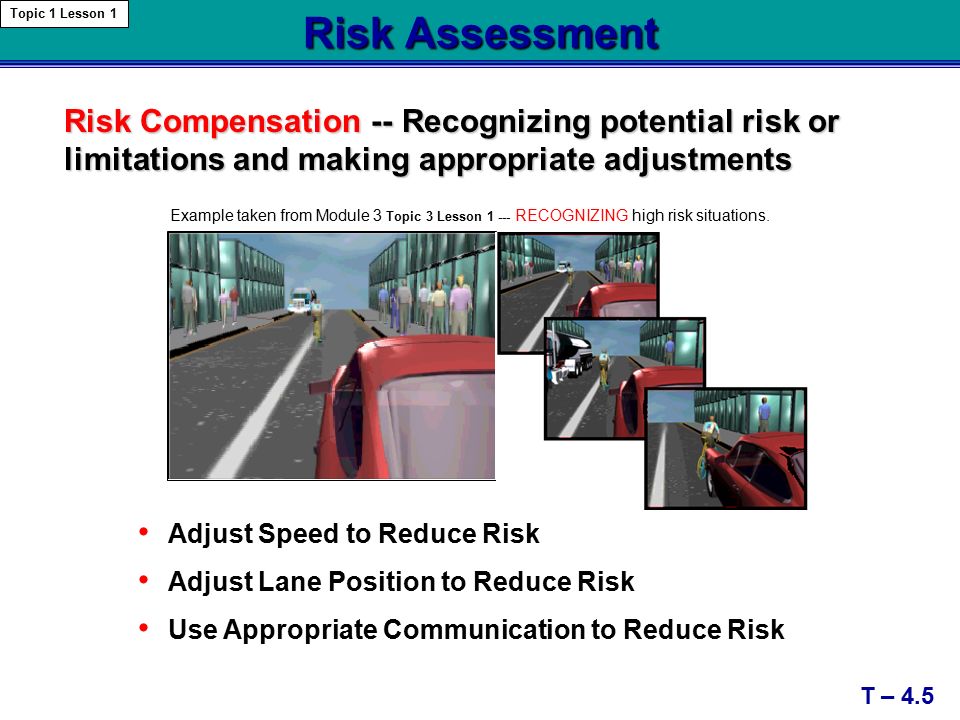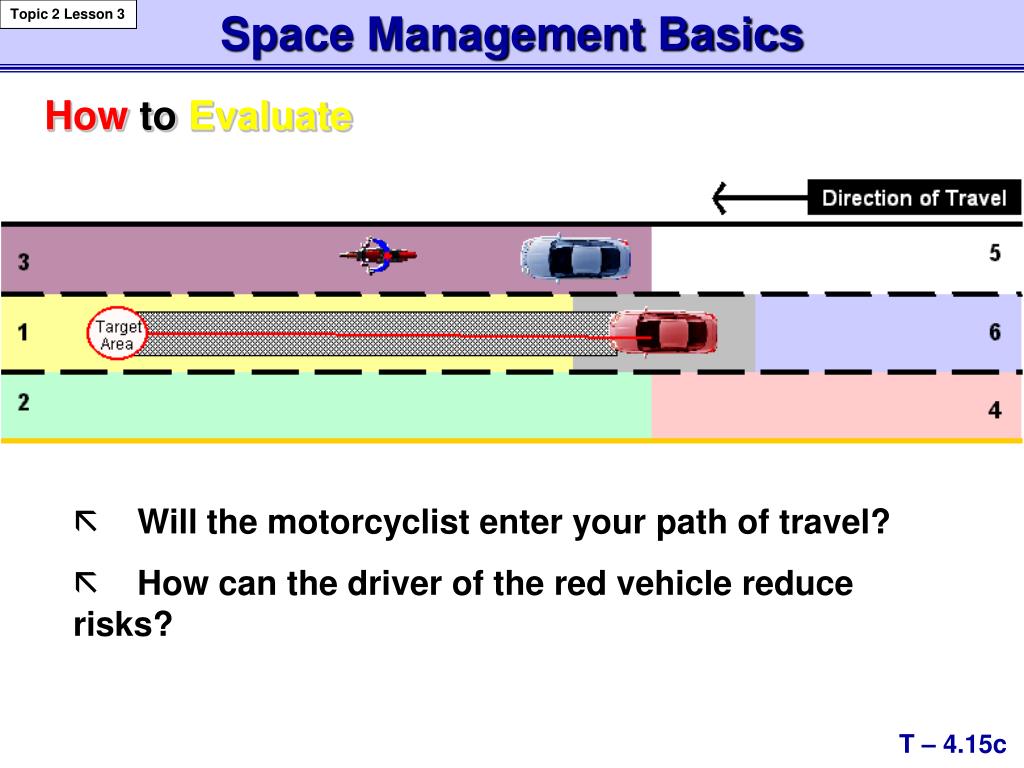In An Intermediate Risk Driving Environment
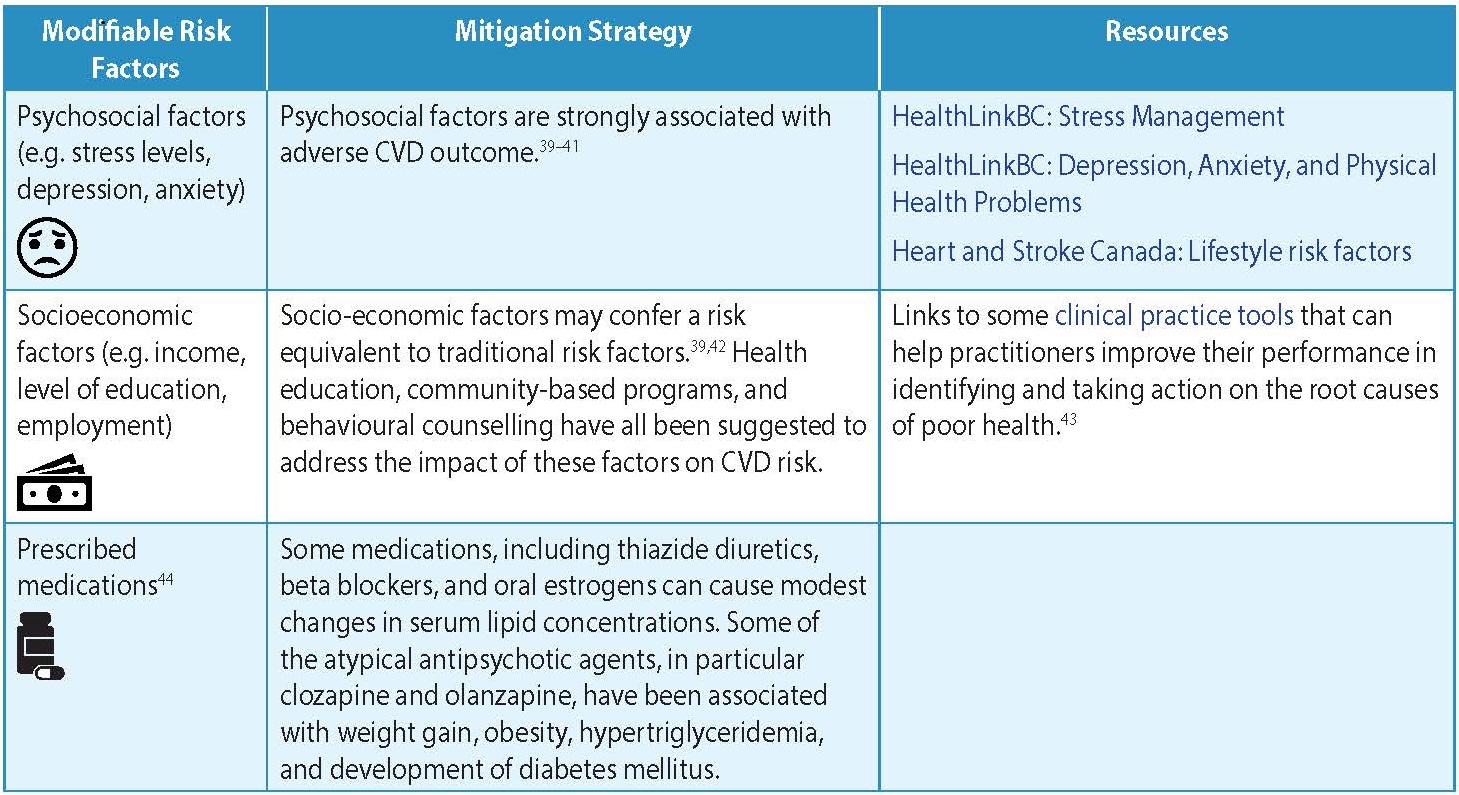
The hum of engines blends with the persistent beep of sensors as vehicles navigate the increasingly complex landscape of intermediate-risk driving. These situations, neither entirely safe nor overtly dangerous, demand heightened awareness and proactive decision-making, yet accidents persist, raising questions about driver preparedness and the effectiveness of current safety measures. Understanding the nuances of this risk spectrum is critical for fostering safer roads for all.
This article delves into the challenges of driving in intermediate-risk environments, defined as conditions presenting a moderate level of potential hazard, such as moderate traffic density, adverse weather, or unfamiliar routes. We will explore the factors contributing to accidents within this category, examine the role of driver behavior and training, and assess the efficacy of existing safety technologies and regulations. Ultimately, we aim to identify strategies for mitigating risk and improving road safety in these often-overlooked scenarios.
Understanding Intermediate Risk Environments
Intermediate risk driving isn't simply about bad weather; it's a combination of factors. This includes moderate traffic, construction zones, driving at dawn or dusk, and unfamiliar roads. These conditions demand more attention and precision than ideal situations.
Data from the National Highway Traffic Safety Administration (NHTSA) consistently demonstrates a significant portion of accidents occurring in these "gray areas." These are circumstances that don't fit neatly into categories of extreme weather or blatant recklessness, but still lead to crashes.
The Human Factor: Driver Behavior and Cognition
Driver behavior is a critical component in mitigating risk in intermediate environments. Cognitive overload, caused by juggling multiple tasks while driving, significantly impairs decision-making. This can be exacerbated by distractions, fatigue, and even emotional stress.
A study published in the Journal of Safety Research found that drivers in moderate traffic conditions often exhibit reduced reaction times and poorer judgment compared to those in free-flowing traffic. This highlights the insidious nature of intermediate risk, where complacency can lead to errors.
Furthermore, risk perception plays a crucial role. Many drivers underestimate the dangers associated with moderate risks, leading to a false sense of security and a reluctance to adjust their driving behavior accordingly.
The Role of Technology: ADAS and Beyond
Advanced Driver-Assistance Systems (ADAS) offer a promising avenue for mitigating risk in intermediate environments. Features like adaptive cruise control, lane departure warning, and automatic emergency braking can provide critical support when drivers are fatigued or distracted.
However, reliance on these systems also presents challenges. Drivers must understand the limitations of ADAS and avoid becoming overly dependent, as these systems are not infallible. Over-reliance creates a problem, because they can fail or perform unexpectedly, particularly in complex situations.
AAA has conducted extensive testing of ADAS technologies, revealing inconsistencies in performance across different makes and models. This highlights the need for standardized testing and clear communication to consumers about the capabilities and limitations of these systems.
Training and Education: Bridging the Knowledge Gap
Current driver education programs often fall short in adequately preparing drivers for the challenges of intermediate-risk environments. More emphasis needs to be placed on developing situational awareness, hazard perception, and proactive decision-making skills.
Defensive driving courses offer valuable training in identifying and mitigating potential hazards, but participation rates remain relatively low. Incentivizing drivers to participate in these courses could significantly improve road safety.
Continuous learning and refresher courses are essential, particularly as new technologies and road conditions evolve. By refreshing skills, they stay relevant in the ever changing environment of driving.
Regulatory Frameworks and Enforcement
Existing traffic laws and enforcement strategies are primarily focused on addressing high-risk behaviors such as speeding and drunk driving. However, more attention needs to be directed towards addressing the nuances of intermediate-risk environments.
For example, stricter enforcement of distracted driving laws and increased penalties for texting while driving could significantly reduce accidents in moderate traffic conditions. The use of technology to detect and deter distracted driving is also gaining traction.
Consideration should also be given to implementing variable speed limits that adjust based on real-time traffic conditions and weather patterns. This ensures speed is appropriate for any given condition.
The Future of Intermediate Risk Driving
The future of driving will inevitably involve a greater integration of technology and automation. As self-driving cars become more prevalent, they will be tasked with navigating the complexities of intermediate-risk environments.
However, even with advancements in autonomous technology, human drivers will likely remain in the loop for the foreseeable future. Therefore, it is crucial to continue investing in driver education, training, and research to improve safety in all driving conditions.
Ultimately, creating safer roads requires a multi-faceted approach that addresses driver behavior, technology, education, and regulation. By acknowledging and addressing the challenges of intermediate-risk environments, we can work towards a future where all drivers can navigate the roads with greater confidence and safety.
